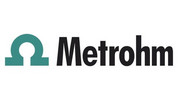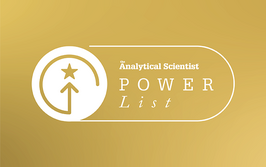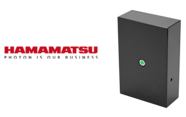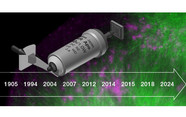Near-infrared spectroscopy in compliance with pharma regulations

contributed by Metrohm |
Near-infrared spectroscopy is recognized by common pharmacopoeias as a secondary method for a fast and reliable, non-destructive analysis in pharmaceutical manufacturing. This White Paper explains how Metrohm solutions comply with regulatory requirements.
Introduction
The pharmaceutical industry is unique with its extensive regulations. Decisions concerning quality assurance are usually made on the basis of regulatory requirements and guidelines. Quality control takes a central role in the pharmaceutical industry. In addition to being robust and reliable, the means of quality control therefore must be maximally efficient. Timesaving secondary methods have therefore come into the focus of both the pharmeceutical industry and regulatory authorities.
Near-infrared spectroscopy (NIRS) is a secondary analytical method that has been explored and used in the pharmaceutical industry since early 1960 [1], e.g., for raw material identification, process control, and quality assurance of final products. This analysis technique is very fast, non-destructive, and requires little to no sample preparation. Meanwhile, it acquires information on both chemical and physical sample properties in each measurement. From the data acquired in a single measurement, multiple parameters can be determined – qualitatively or quantitatively. Because of its short measuring times and the non-destructive nature of its measurements, the full potential of NIRS unfolds, in particular, in process control [2]. NIRS is positioned as «a highly relevant tool for achieving control when built-in quality is preferred over quality by testing» by the U.S. Food and Drug Administration (FDA), the Process Analytical Technologies (PAT) initiative, guidelines by the European Medicines Agency (EMA), and the International Conference on Harmonization in the standards (ICH) Q8(R2), ICH Q9 and ICH Q10 [1].
Log in or register to read this article in full and gain access to The Analytical Scientist’s entire content archive. It’s FREE!

















